Soc can be defined as the state of available electrical energy in the battery, usually expressed as a percentage. Because the available electric energy varies with charging and discharging current, temperature, and aging phenomenon, the definition Of the State of Charge is also divided into two types: Absolute state-of-charge; ASOC) and Relative State-Of-Charge (relative state-o f-charge; RSOC). Usually, the range of relative charge states is 0% - 100%, as opposed to 100% when the battery is fully charged and 0% when it is fully discharged. The absolute state of charge is a reference value calculated from the designed fixed capacity value when the battery is manufactured. The absolute state of charge of a new, fully rechargeable battery is 100%; An aged battery, even if fully charged, will not reach 100% under different charging and discharging conditions. The figure below shows the relationship between voltage and battery capacity at different discharge rates. The higher the discharge rate, the lower the battery capacity. When the temperature is low, the battery capacity also decreases.
Figure. 1 . Relationship between voltage and capacity at different discharge rates and temperatures
1 .2 Max Charging Voltage
The maximum charging voltage is related to the battery's chemical composition and characteristics. The charging voltage of a ternary lithium-ion battery (NMC) is usually 4.2V and 4.35V, but the voltage value will vary depending on the cathode and anode mat trials.
1 .3 Fully Charged
A battery may be considered fully charged when the difference between the battery voltage and the maximum charge voltage is less than 100mV and the charge current is reduced to C/10. The conditions for full charging vary depending on battery characteristics.
The figure below shows the charging characteristics of a typical lithium-ion battery. When the battery voltage is equal to the maximum charge voltage and the charge current is reduced to C/10, the battery is considered fully charged.
Figure 2. Charging characteristic curve of lithium battery
1 .4 Minimum Discharge Voltage (Mini Discharging Voltage)
The lowest discharge voltage can be defined as the cut-off discharge voltage, usually the voltage for 0% charge. This voltage value is not a fixed value but varies with load, temperature, aging, or other.
1 .5 Fully Discharge
When the battery voltage is less than or equal to the minimum discharge voltage, it can be said to be fully discharged.
1 .6 Charge and Discharge R ate (C-Rate)
The charge/discharge rate is a representation of the charge/discharge current relative to the battery capacity. For example, if you discharge a battery at 1C for an hour, ideally the battery will discharge completely. Different charge and discharge rates will result in different available capacities. Generally, the higher the charge and discharge rate, the smaller the available capacity.
1 .7 Cycle Life
The number of cycles is the number of times a battery has been fully charged and discharged, which can be estimated from the actual discharge capacity and design capacity. Each time the cumulative discharge capacity is equal to the design capacity, the number of cycles is one. Usually after 500 charge and discharge cycles, the capacity of a fully charged battery will drop by 10% to 20%.
Figure 3. The relationship between the number of c cycles and the battery capacity
1 .8 Self-Discharge
The self-discharge of all batteries increases with temperature. Self-discharge is not a manufacturing flaw, but a characteristic of the battery itself. However, improper handling during manufacturing can also lead to an increase in self-discharge. In general, the rate of self-discharge doubles for every 10°C increase in battery temperature. The self-discharge rate of lithium-ion batteries is about 1~2% per month, while that of nickel batteries is 10~15% per month.
FIG. 4 Performance of self-discharge rate of lithium battery at different temperatures
2 . Introduction of battery coulometer
2 .1 Function introduction of the coulometer
Battery management can be considered as part of power management. In battery management, the coulometer is responsible for estimating the capacity of the battery. Its basic capabilities can monitor voltage, charge/discharge current, and battery temperature, and estimate the state of charge (SOC) of the battery and the full charge capacity (FCC) of the battery. There are two typical methods for estimating the SOC of a battery: the open-circuit voltage method (OCV) and the Coulomb method. The other method is the dynamic voltage algorithm designed by RICHTEK.
2 .2 Open circuit voltage method
With the open circuit voltage method of the coulometer, its implementation method is easy and can be obtained by the open circuit voltage corresponding to the state of charge by looking up the table. The assumed condition of the open circuit voltage is the battery terminal voltage when the battery rests for about more than 30 minutes.
The battery voltage curve will vary for different loads, temperatures, and battery aging conditions. Therefore, a fixed open-circuit voltmeter cannot fully represent the state of charge; The state of charge cannot be estimated simply by looking up the meter. In other words, if the state of charge is estimated only by looking up the table, the error will be large. The figure below shows that the same battery voltage is charged and discharged respectively, and the SOC obtained by the open-circuit voltage method varies greatly.
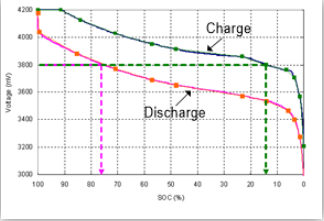
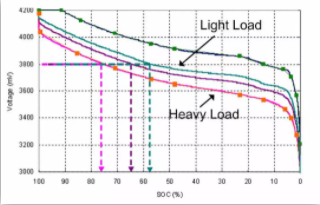
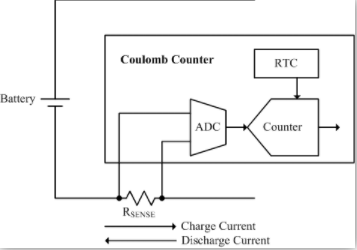
Figure 7. The basic working mode of Coulomb metrology

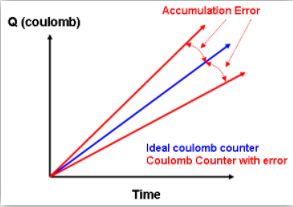
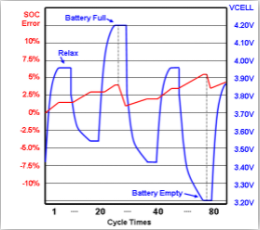
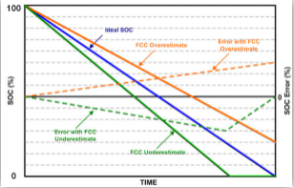
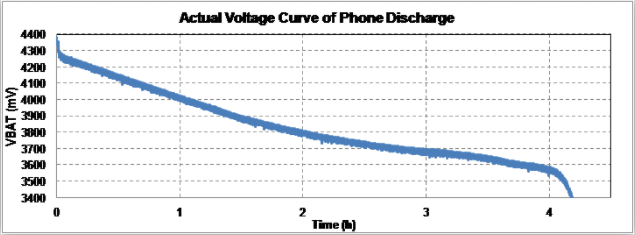
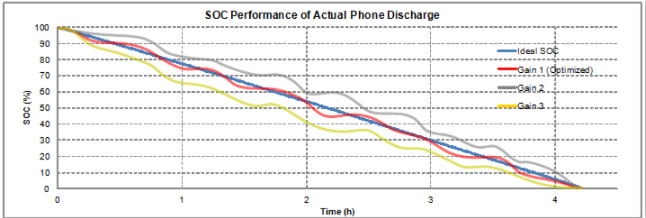
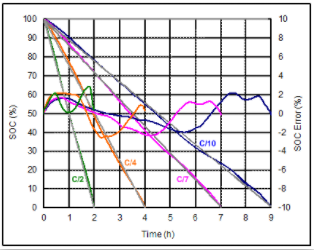
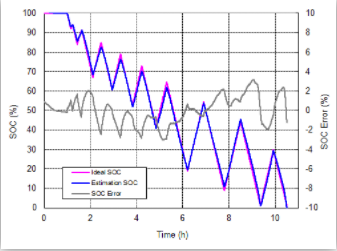
FIG. 14. Performance of the dynamic voltage algorithm in the case of short charge and short discharge of the battery
Compared with the Coulomb coulometer, which usually results in an inaccurate charging state due to measurement errors and self-discharge of batteries, the dynamic voltage algorithm does not accumulate errors over time and current, which is a big advantage. Because there is no charge/discharge current information, the dynamic voltage algorithm in the short-term accuracy is poor, and the response time is slow. In addition, it is unable to estimate full charge capacity. It does, however, perform well with long-term accuracy, since the battery voltage ultimately directly reflects its state of charge.
categories
recent posts
scan to wechat:everexceed
